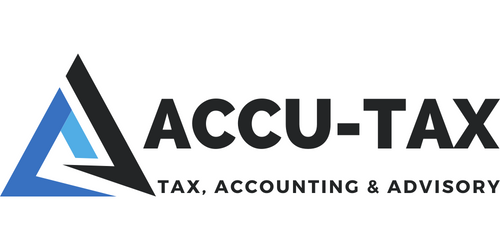Tax laws changes have created significant uncertainty for individuals and businesses. It is important to manage any changes to ensure you are best positioned for success throughout the remainder of 2022 and beyond.
Here are some topics we picked for you
Paycheck Protection Program (PPP):
PPP was one method used to assist businesses to get through the pandemic. Under the CARES act, Congress made the income from this forgivable loan nontaxable, but the IRS originally considered qualifying expenses to be nondeductible. Congress corrected this issue in December, and taxpayers that received funding through this mechanism should now receive truly tax-free assistance at the federal level provided they qualify for forgiveness. At the state level, however, the treatment of PPP remains murky, with many states still without guidance and some still following the IRS’ pre-correction approach.
Employee Retention Credit (ERC):
The ERC provides a payroll tax credit that a company can claim if it had wages paid to qualified employees during the first two quarters of 2021. The credit is equal to up to $7,000 per quarter for each employee and $5,000 per employee in 2020. The calculation is based upon wages and certain other benefits paid during the qualification period. Originally, this benefit was unavailable to companies that received PPP funding; however, this changed in December 2018. Taxpayers cannot double dip paying for wages out of PPP funds and get the credit on those wages. At first glance, the qualification parameters may make you shy away from exploring this credit; however, with a little work you may qualify.
Net operating losses (NOLs):
The 2017 Tax Cuts and Jobs act imposed limits on the use of NOLs, but as a temporary measure. In tax years beginning after December 31, 2017, taxpayers can carry back their NOLs for five years, rather than the two-year carryback under prior law. These temporary rules are expected to reduce overall rates of return because they permit taxpayers to deduct current losses from their previous higher profit margins in lower – and now-expired – tax brackets.
Recovery Rebate Credit/Economic Impact Payments:
Due to the Consolidated Appropriations Act of 2021, taxpayers making less than $150,000 in 2018 got an Economic Impact Payment in April and December of 2020: the first payment up to $1,200 per individual taxpayer and $500 per qualifying child and the second payment for taxpayers was up to $600.00.
State tax footprint:
A business’s state tax footprint is the sum of taxes due in each state where the business operates, with the burden being determined by the number of people employed there. Before the spread of airborne infection made in-person office work impractical, a business was only taxable in states where it had employees. While a handful of states have instituted laws granting relief from state taxation to remote-office workers, these provisions are intended to be temporary and have not been generally adopted. As businesses continue their shift toward virtual employment and employees settle in new locations, a company’s tax footprint will expand and present increased complexity for owners and management.
Residency issues:
When a business moves operations to a remote environment, such as its employees working from home or telecommuting, employees and business owners can potentially be affected by nonresident tax filing requirements. For example, an employee who lived in their vacation home away from their state of residence for a few months during the pandemic may be required to pay tax to that state on wages earned while working there. If that employee’s time at that vacation home lingered on, they may find that they have run afoul of that state’s statutory residency rules, and may have to pay tax to two states as a resident of both. It is important to catch these issues early, as there are significant implications related to the employee’s credit for taxes paid to nonresident states and, potentially, the business’ tax withholding requirements. These types of complicated tax situations should not be taken lightly.
Charitable contributions:
Cash contributions of up to $300 in 2020 may be deducted from an individual’s adjusted gross income by those who do not itemize deductions, and this limit has been extended into 2021 with an increase up to $600 for joint filers. 20% of corporations’ cash contributions may be deducted for taxes in 2020 and 2022.
Roth conversion:
With the government spending billions to stabilize the economy, historically low tax rates, and messages from the current administration suggesting that tax rates will increase in the near future, many taxpayers are considering converting their traditional IRAs into Roth IRAs. This can also create a powerful estate planning tool without requiring contributing individuals to take distributions during their life. This increases the amount of time for tax-free appreciation to occur.
Estate planning:
The Biden administration has indicated that it is reviewing potential changes to the transfer tax system, including decreasing the current one million-dollar exemption to historic levels, increasing transfer tax rates from the current forty-percent rate, and eliminating the step up in basis for transfers at death. While considerations of these types affect only a minority of taxpayers, they are causing many taxpayers to consider updating their estate plans or using their exemptions to avoid paying taxes today. It is important to take your time when planning these things out and ensure that you aren’t doing something today that you will regret in five years.

